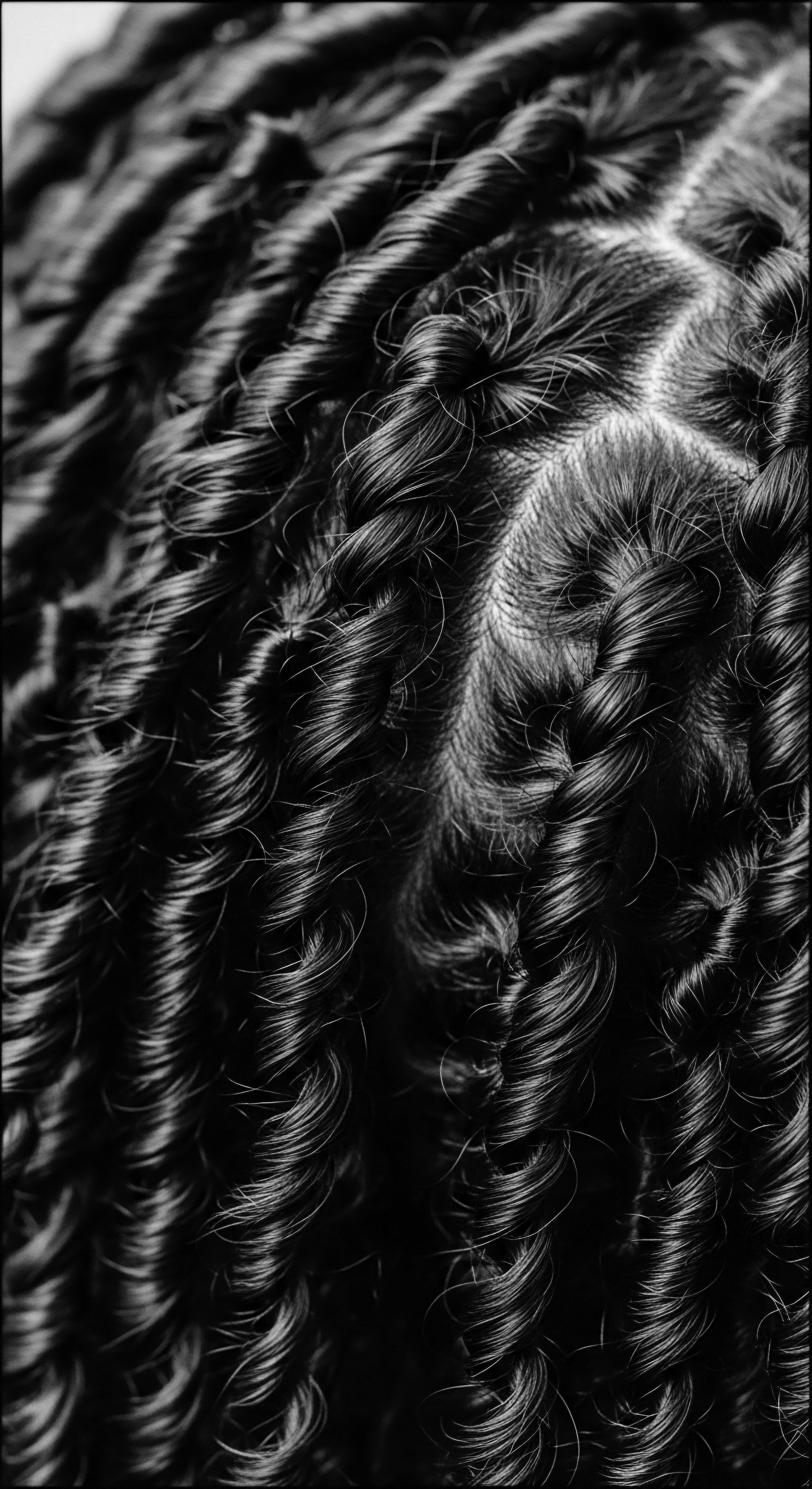
Fundamentals
The understanding of hair, in its deepest sense, extends far beyond mere aesthetic considerations. For Roothea, it represents a profound connection to ancestral wisdom, a living legacy passed through generations. Within this context, the notion of ‘Dosha Hair Types’ offers a lens through which to comprehend the inherent qualities of hair, not as static classifications, but as dynamic expressions of elemental energies. This ancient Ayurvedic system, originating from India, posits that all existence, including our individual constitutions, arises from the interplay of five primary elements ❉ ether, air, fire, water, and earth.
These elements combine to form three fundamental biological energies, or Doshas ❉ Vata, Pitta, and Kapha. Each person carries a unique balance of these Doshas, which influences their physical characteristics, mental predispositions, and indeed, the very nature of their hair.
To truly grasp the meaning of Dosha Hair Types, one must look beyond superficial appearances and consider the underlying energetic blueprint. It is an interpretation that invites us to perceive hair not just as strands, but as a reflection of our inner landscape, a testament to the wisdom of our ancestors who understood the intricate dance between body, spirit, and the natural world. This ancient framework provides a pathway to individualized care, recognizing that what nourishes one hair type might not serve another, a concept deeply resonant with the diverse needs of textured hair across the diaspora.
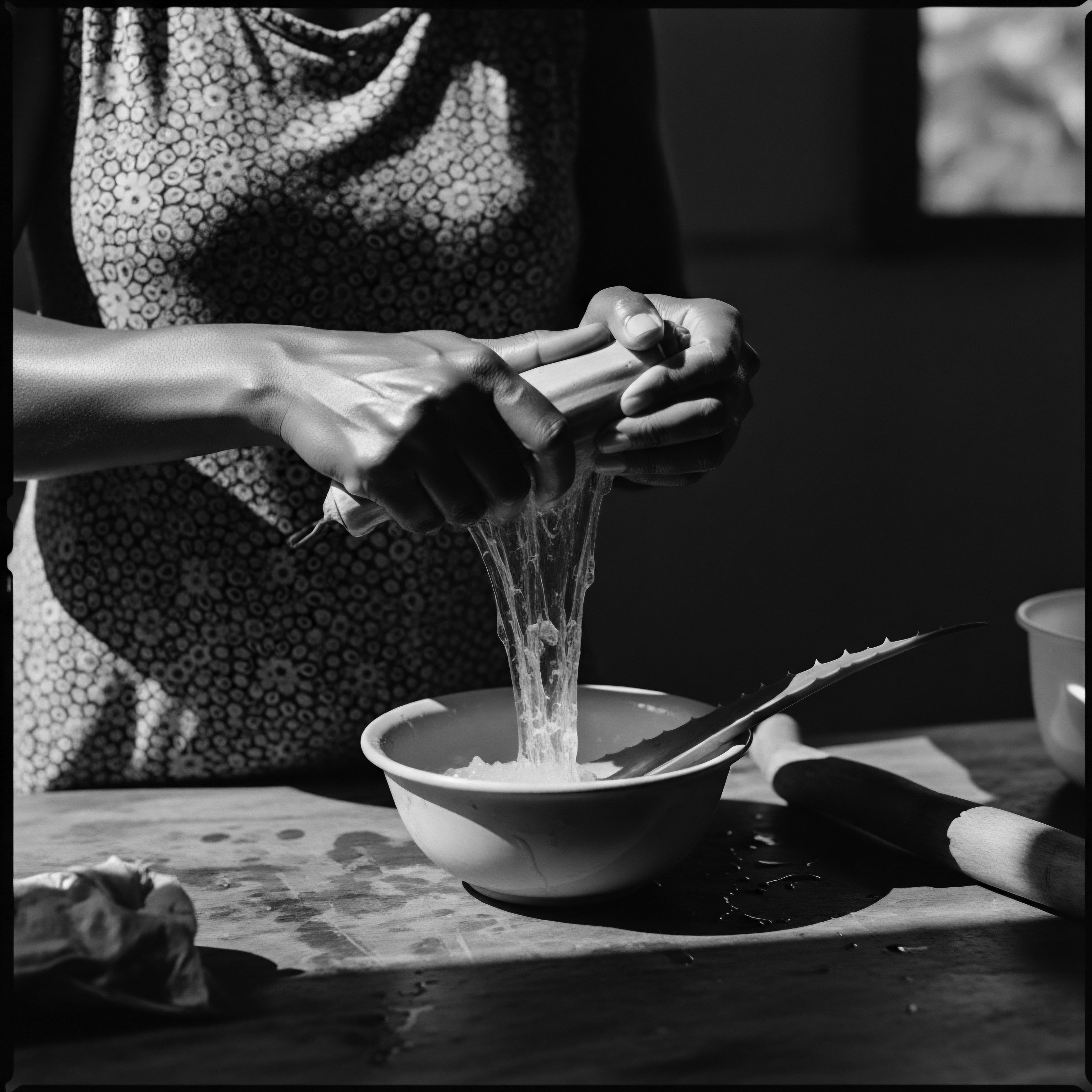
The Elemental Whispers in Each Strand
Each Dosha imparts distinct qualities to the hair, influencing its texture, strength, and overall vitality. These classifications are not rigid boundaries, but rather a spectrum of characteristics that guide us toward mindful care.
- Vata Hair ❉ Associated with the elements of air and ether, Vata hair often manifests as fine, dry, and delicate. It tends to be prone to frizz, breakage, and can feel brittle to the touch. The inherent lightness and movement of air can lead to a hair type that struggles with moisture retention, often appearing wispy or lacking in density. This hair type often yearns for profound hydration and gentle handling, mirroring the need for grounding and calm that a Vata-dominant constitution might seek.
- Pitta Hair ❉ Linked to fire and water, Pitta hair typically exhibits a medium thickness and a softer, often straighter, texture. This hair type can be prone to premature graying, thinning, or even hair loss, reflecting the intensity and heat associated with the fire element. A sensitive scalp, prone to irritation or oiliness, frequently accompanies Pitta hair. Care for this hair often centers on cooling, soothing applications and a balanced internal environment.
- Kapha Hair ❉ Rooted in the elements of earth and water, Kapha hair is generally thick, strong, and lustrous. It often possesses a wavy or curly pattern and can feel dense and resilient. While naturally well-moisturized, Kapha hair can sometimes become oily, leading to concerns like a heavy feel or occasional dandruff. This hair type benefits from invigorating practices that prevent stagnation and maintain its inherent vibrancy.
Dosha Hair Types offer an ancient framework for understanding hair’s unique characteristics as reflections of elemental energies, guiding individualized care.
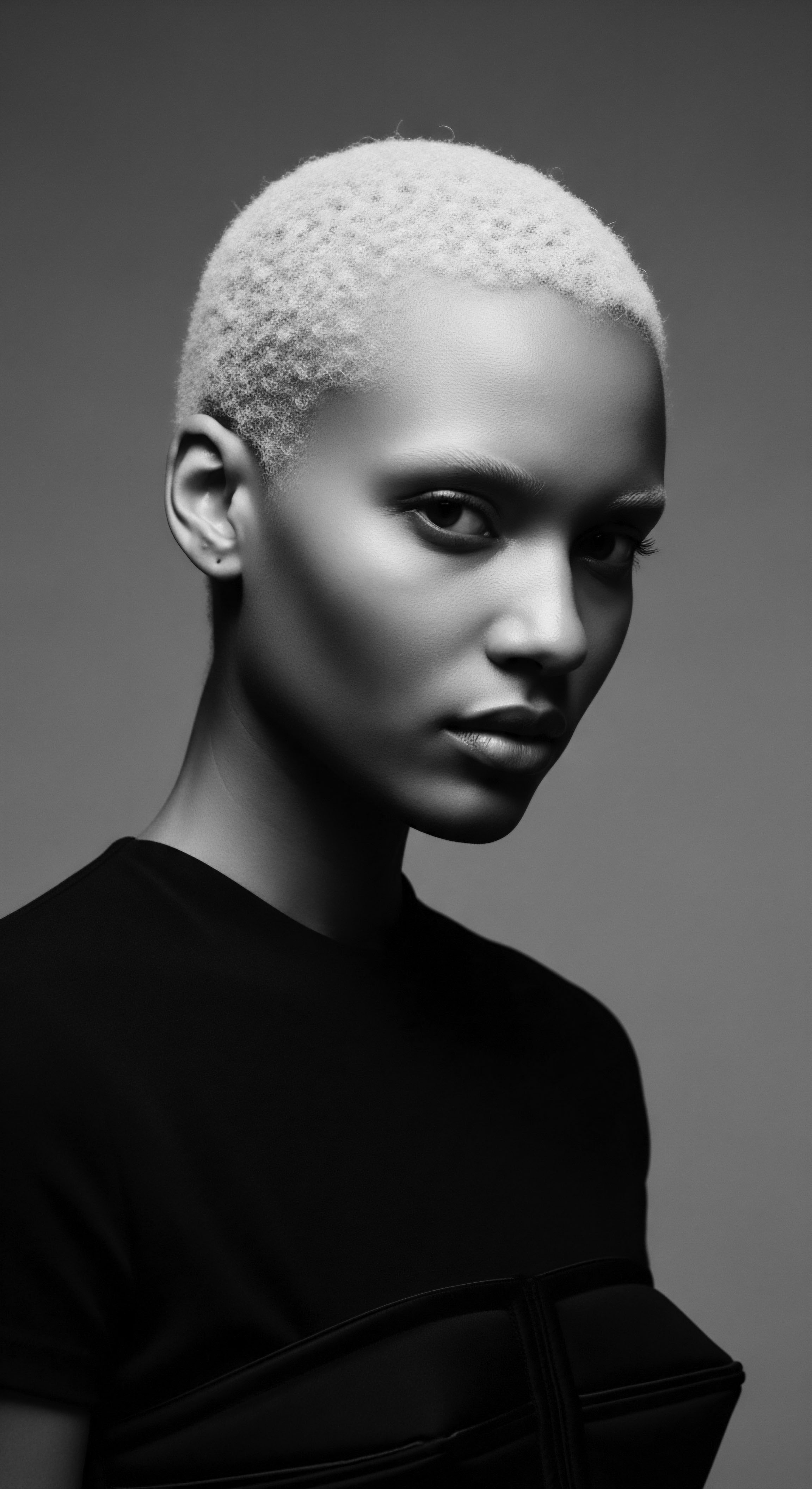
Ancestral Echoes of Hair Understanding
While the specific terminology of Doshas originates from Ayurveda, the underlying wisdom of observing and classifying hair based on its inherent qualities, and tailoring care accordingly, resonates deeply within the historical practices of Black and mixed-race communities. For centuries, ancestral communities across Africa and the diaspora developed sophisticated systems of hair care that were intimately connected to environmental conditions, available natural resources, and cultural beliefs. These systems, though not named ‘Doshas,’ often mirrored the principles of balancing and nurturing hair according to its specific needs, a profound recognition of hair’s living essence.
In many West African societies, for example, hair was not merely an adornment; it served as a visual language, communicating a person’s age, marital status, social standing, ethnic identity, and even their spiritual beliefs. The textures themselves, from tightly coiled patterns to looser curls, were understood and cared for with specific rituals and botanical preparations. This nuanced comprehension of hair’s varied manifestations speaks to an intuitive, generational knowledge that aligns with the spirit of Dosha classifications. The recognition of hair’s inherent qualities and its relationship to the environment was a cornerstone of these traditional practices.
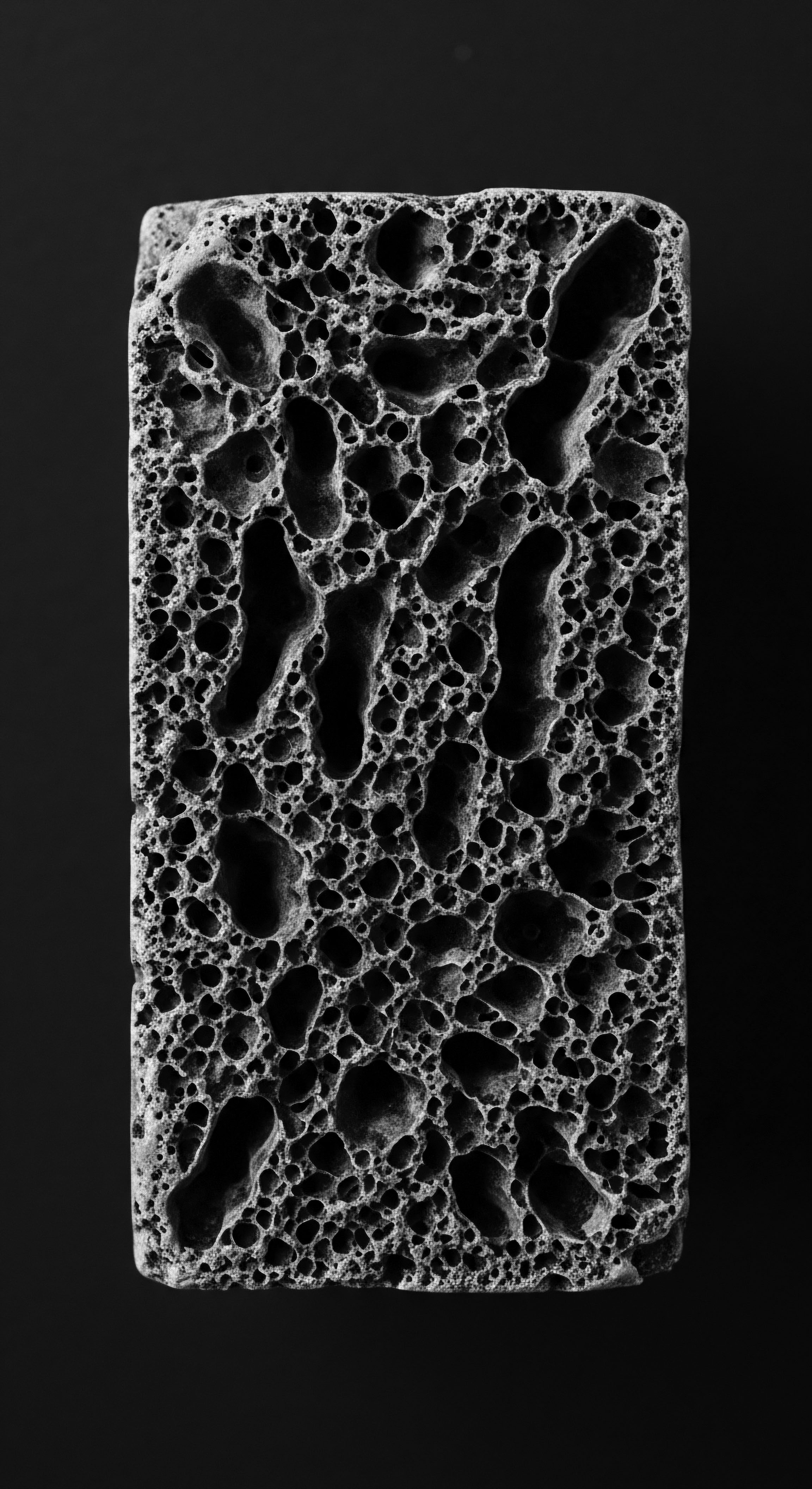
Intermediate
The interpretation of Dosha Hair Types moves beyond a basic identification of characteristics, inviting a deeper consideration of how these elemental influences manifest in the nuanced world of textured hair. For individuals with Black and mixed-race hair, the journey of understanding Doshas becomes a profound act of reconnection, a way to honor ancestral wisdom that instinctively understood hair’s diverse needs. The rich spectrum of curls, coils, and waves found within these heritages presents a vibrant canvas upon which Dosha principles can be seen.
The intricate dance of air, ether, fire, water, and earth within an individual’s constitution directly impacts the hair’s structure, its moisture retention capabilities, and its responsiveness to various forms of care. Understanding this allows us to transcend generic hair care advice and instead adopt a regimen that speaks to the very soul of a strand, respecting its unique lineage and requirements. This deeper comprehension acknowledges that textured hair, with its inherent fragility and strength, requires a thoughtful, attuned approach, much like the personalized care prescribed by Ayurvedic tradition.
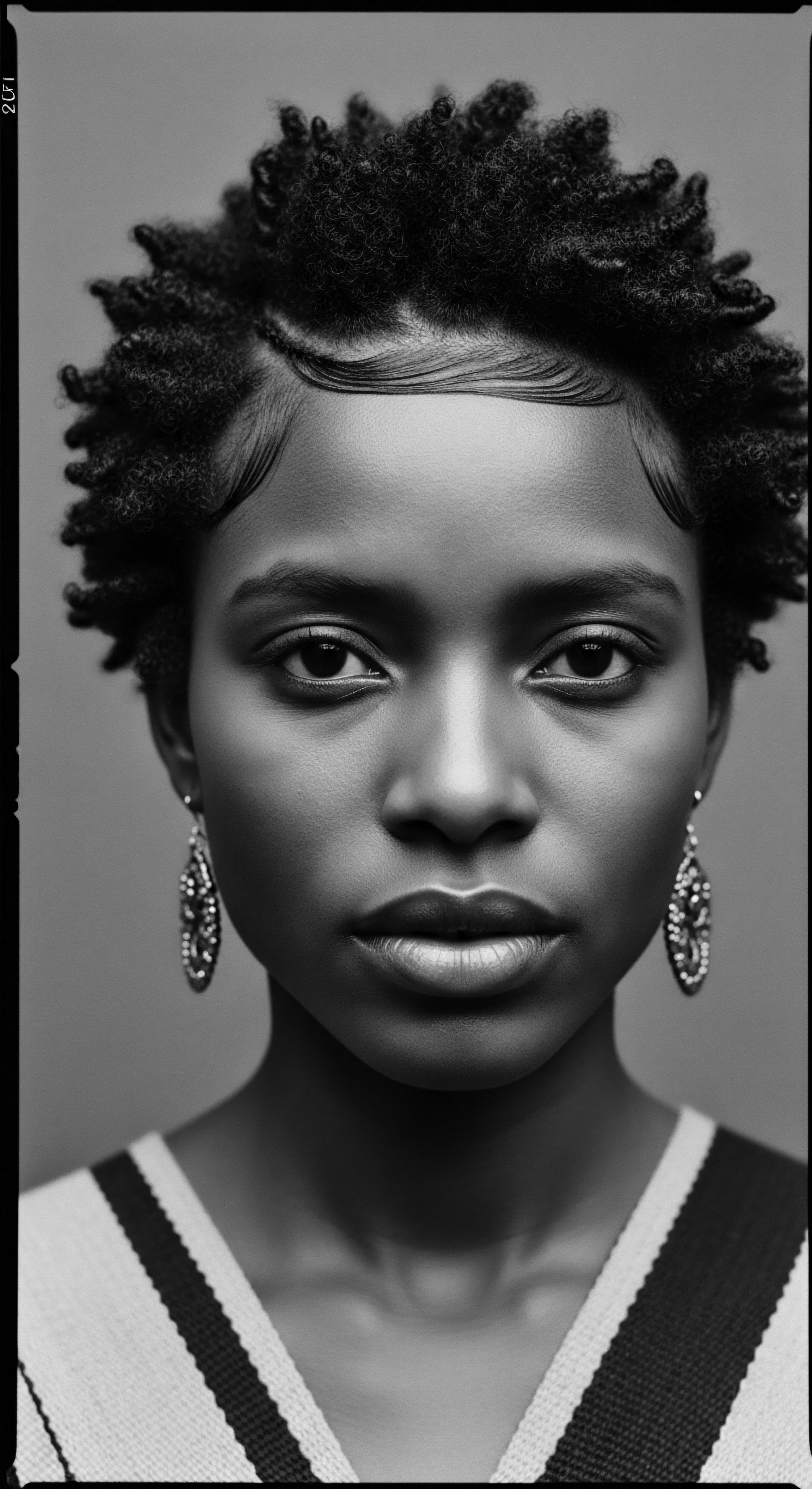
Dosha Manifestations in Textured Hair
When considering textured hair through the Dosha lens, we observe how these elemental energies shape the distinct patterns and behaviors of curls and coils.
- Vata-Dominant Textured Hair ❉ This hair often presents with a finer strand, a looser curl or wave pattern, and a marked propensity for dryness and frizz. The hair might feel light and airy, prone to tangling, and appear somewhat brittle. This type of textured hair thirsts for deep, consistent moisture and nourishing oils that can counteract the drying qualities of the air and ether elements. Protective styling, which minimizes manipulation and exposure to harsh environmental elements, becomes particularly beneficial.
- Pitta-Dominant Textured Hair ❉ Hair influenced by Pitta may exhibit a medium density and a more defined curl or coil, yet it might also experience sensitivity in the scalp, occasional oiliness, or a tendency toward premature graying or thinning. The warmth of the fire element can contribute to scalp imbalances. Care for this hair type often involves cooling, soothing ingredients and practices that calm the scalp, while still providing adequate hydration for the strands. Avoiding excessive heat and harsh chemicals is particularly important.
- Kapha-Dominant Textured Hair ❉ Characterized by robust, dense strands and often a tightly coiled or wavy pattern, Kapha hair is naturally well-lubricated and resilient. While possessing inherent strength and luster, this hair type can sometimes feel heavy or accumulate product easily, potentially leading to scalp congestion or occasional dandruff if not cleansed regularly. Care focuses on invigorating the scalp, ensuring thorough cleansing without stripping natural oils, and promoting circulation to maintain its natural vibrancy.
Recognizing Dosha influences in textured hair enables personalized care, honoring the unique needs of curls, coils, and waves through a holistic lens.
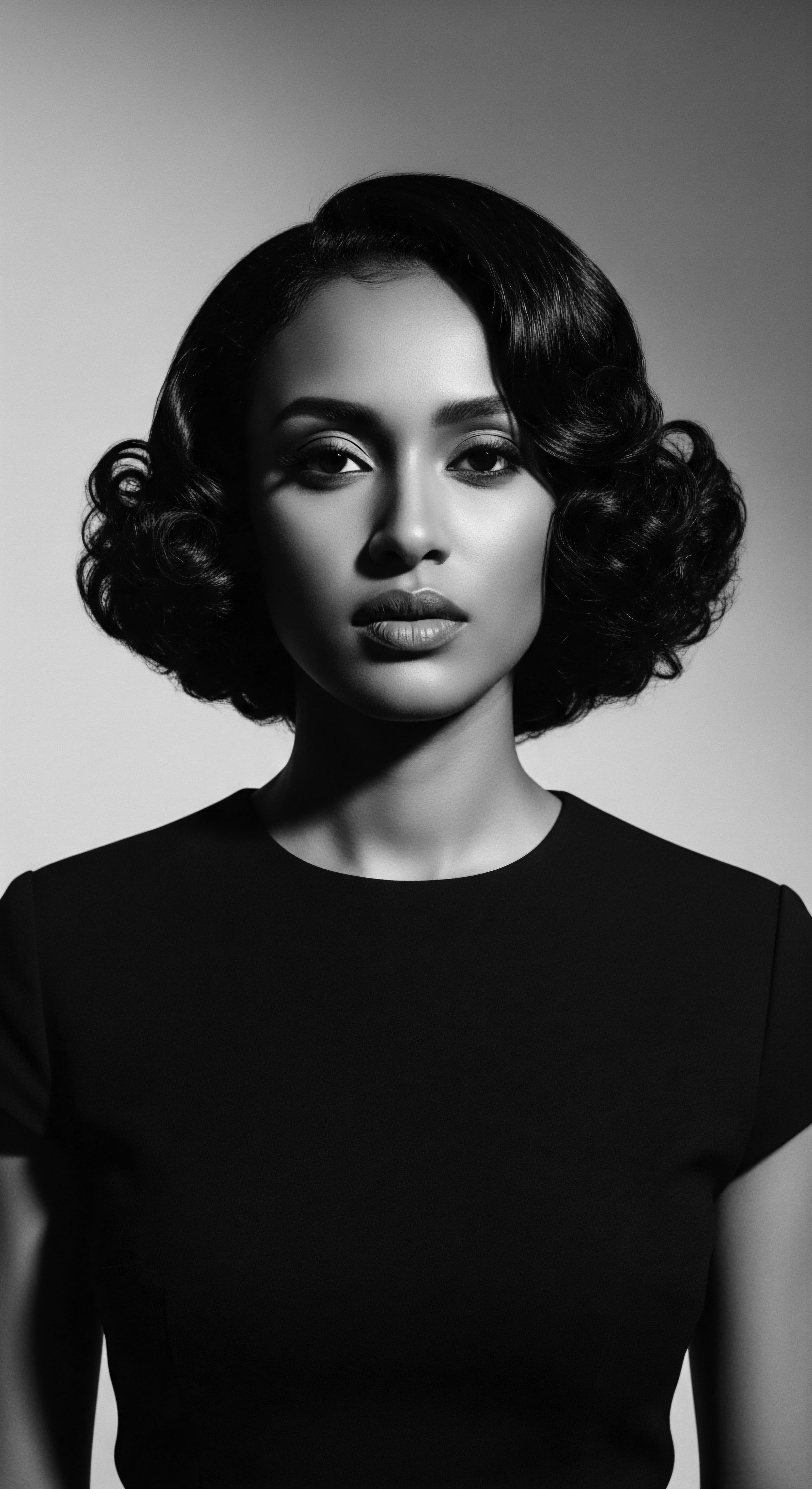
Traditional Care Through a Dosha Lens
Across the vast landscapes of African and diasporic cultures, ancestral practices of hair care were not merely about cleanliness or adornment; they were profound rituals of well-being, community, and identity. These practices, passed down through oral traditions and hands-on learning, often align remarkably with the principles of Dosha-specific care, even without explicit Ayurvedic terminology.
For example, the widespread use of rich butters like Shea Butter and nourishing oils such as Castor Oil within Black hair traditions can be seen as an intuitive response to the Vata-like tendencies of many textured hair types – their natural dryness and need for profound moisture. The communal hair braiding sessions, a hallmark of many African and Caribbean communities, offered not only a means of protective styling but also a shared space for storytelling, bonding, and the transmission of generational knowledge, reflecting a holistic approach to care that transcends mere physical application.
The careful preparation of herbal rinses and scalp treatments, often using plants native to specific regions, speaks to an understanding of balancing scalp conditions, much like Pitta or Kapha remedies. These traditional methods prioritized natural ingredients and gentle techniques, acknowledging the delicate yet resilient nature of textured hair. The emphasis on moisturizing, protecting, and strengthening aligns with the Dosha principles of bringing balance to the hair’s inherent constitution.
Consider the historical practice of hair oiling, prevalent in both Indian Ayurvedic traditions and many African and diasporic hair care systems. This ritual, deeply ingrained in cultural memory, served to nourish the scalp, seal in moisture, and fortify the strands. For Vata-dominant hair, this oiling provides much-needed lubrication; for Pitta, cooling oils might soothe irritation; and for Kapha, lighter oils could help prevent excessive buildup. The universal recognition of oil’s benefits for hair health, adapted through generations, stands as a testament to this shared, intuitive wisdom.

Academic
The academic elucidation of ‘Dosha Hair Types’ necessitates a rigorous examination that bridges ancient wisdom with contemporary understanding, particularly through the lens of textured hair heritage. This framework, originating from the foundational principles of Ayurveda, offers a nuanced interpretation of hair’s physiological and energetic disposition. It posits that hair characteristics are not merely genetic predispositions but are intricately linked to the unique bio-energetic constitution, or Prakriti, of an individual, determined by the predominance of Vata (air and ether), Pitta (fire and water), or Kapha (earth and water) Doshas. This perspective moves beyond a purely morphological classification to encompass the dynamic interplay of elements that shape hair’s vitality, growth patterns, and response to environmental stressors.
The true significance of this interpretation for textured hair lies in its capacity to honor and validate the diverse experiences and care traditions within Black and mixed-race communities. For too long, Eurocentric beauty standards have often marginalized or pathologized the inherent qualities of textured hair, leading to a disconnect from its natural inclinations. The Dosha system, by contrast, provides a respectful and analytical lexicon for understanding hair’s intrinsic nature, allowing for tailored interventions that support its unique structural and physiological requirements. This academic exploration, therefore, becomes an act of intellectual and cultural reclamation, affirming the profound, often intuitive, knowledge held within ancestral practices.
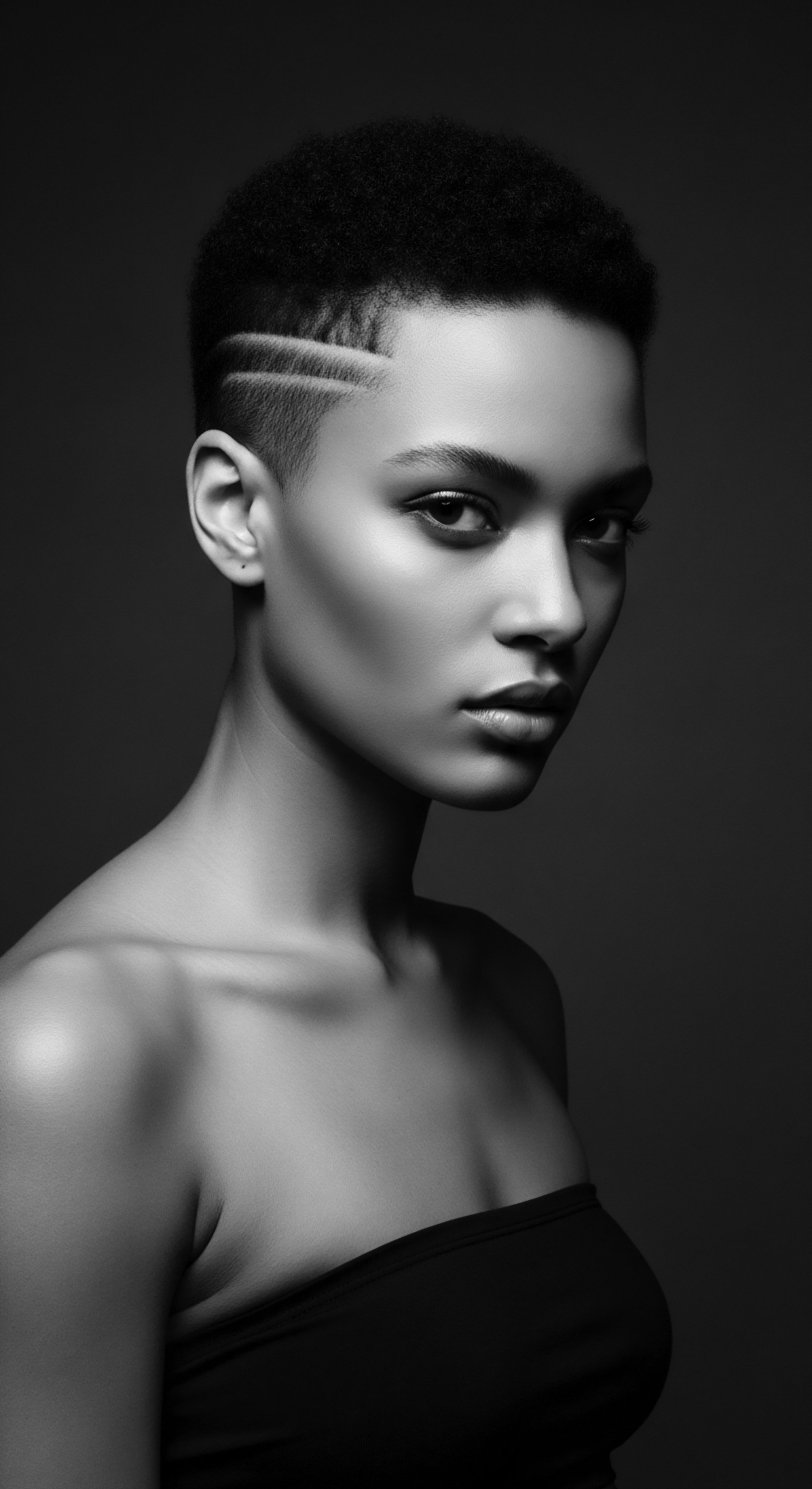
A Deeper Interpretation of Dosha and Hair Physiology
From a physiological standpoint, the Dosha framework provides a compelling, albeit metaphorical, explanation for the observable differences in hair texture and behavior.
- Vata Hair ❉ Structural Vulnerability and the Quest for Humectants. The Vata Dosha’s association with dryness and movement translates to hair often characterized by a higher porosity and a more open cuticle layer. This structural reality means Vata hair, particularly when tightly coiled or wavy, readily absorbs moisture but struggles to retain it, leading to dehydration and brittleness. The hair follicle itself may be more elliptical, contributing to the tight curl pattern that naturally lifts away from the scalp, potentially reducing the scalp’s natural sebum distribution along the length of the strand. This inherent characteristic necessitates a regimen rich in humectants, emollients, and occlusives to mimic the scalp’s natural lubrication and seal in hydration.
- Pitta Hair ❉ Thermal Dynamics and Follicular Sensitivity. Pitta’s fiery disposition correlates with a hair type that might exhibit a predisposition to inflammation at the follicular level, leading to conditions such as premature graying or patterned hair loss. While often possessing a medium density, the scalp can be prone to heat and sensitivity. The emphasis on cooling and anti-inflammatory botanicals in Ayurvedic Pitta hair care finds resonance in modern dermatological approaches to scalp health, which recognize the role of oxidative stress and inflammation in hair cycle disruption.
- Kapha Hair ❉ Resilience, Density, and the Challenge of Balance. The earth and water elements of Kapha bestow hair with remarkable strength, thickness, and natural luster. This hair type often has a lower porosity, meaning its cuticle layers lie flatter, making it more resistant to moisture loss but also to penetration of beneficial ingredients. While less prone to dryness, an excess of Kapha can lead to overproduction of sebum, resulting in a greasy scalp and potential for buildup or fungal conditions. The challenge for Kapha hair lies in maintaining scalp clarity and preventing stagnation without stripping its natural protective barrier.
The Dosha system provides a sophisticated lens, interpreting hair’s characteristics through elemental forces that influence its structure, growth, and overall vitality.
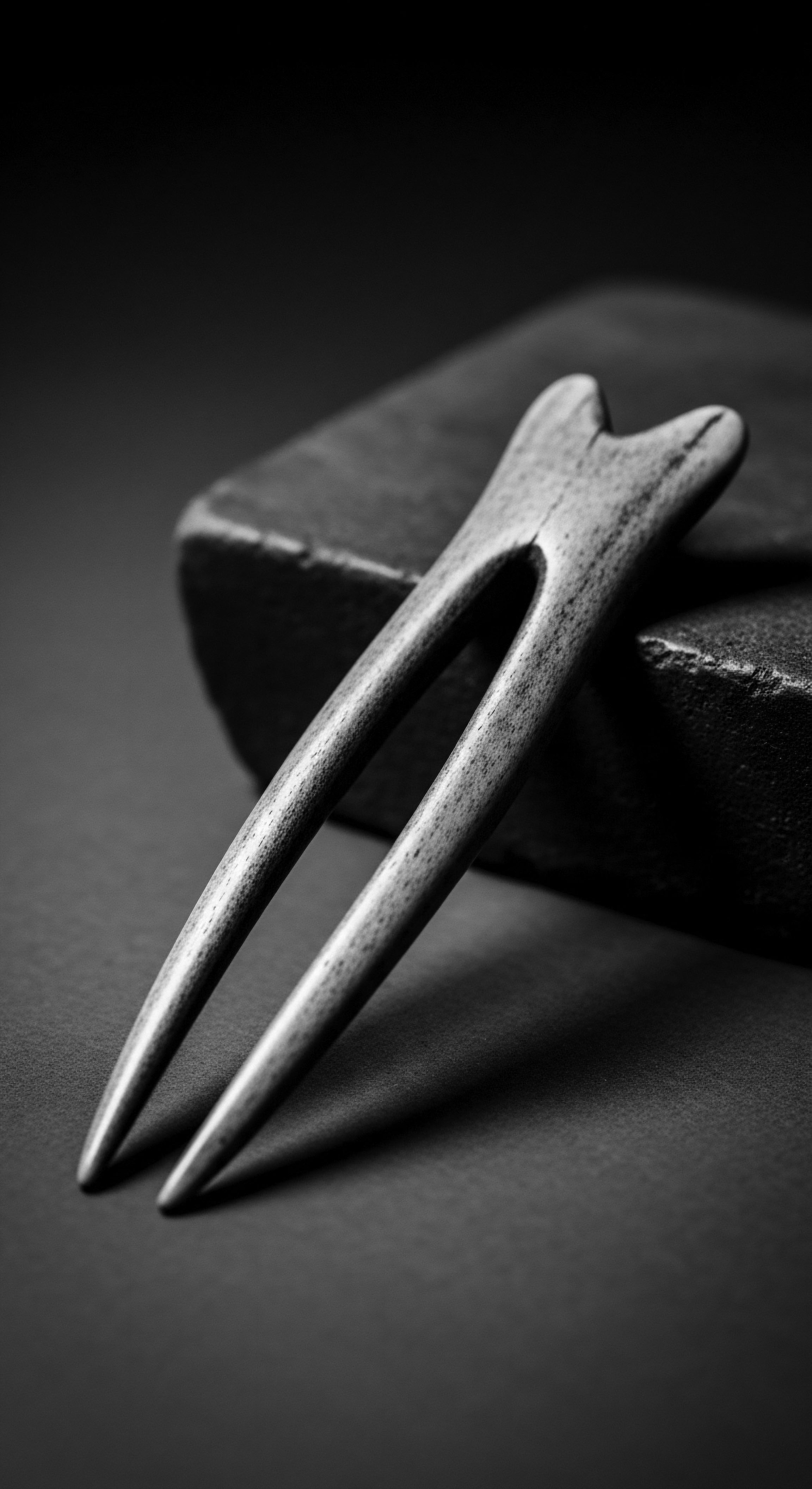
Interconnected Incidences ❉ Hair as a Cultural Barometer
The academic significance of Dosha Hair Types, particularly in relation to textured hair, extends beyond mere biological classification. It offers a powerful framework for understanding the profound socio-cultural and psychological dimensions of hair. The historical treatment of textured hair, especially within the context of colonialism and slavery, represents a stark departure from the reverence found in ancestral practices.
The systematic shaving of heads during the transatlantic slave trade, for example, was not merely a hygienic measure; it was a deliberate act of dehumanization, a symbolic erasure of identity and connection to heritage. This historical trauma underscores the deep cultural significance of hair as a marker of self, community, and resistance.
The legacy of this historical devaluation continues to influence perceptions of textured hair. A study by Johnson et al. (2017) indicated that White Women, on Average, Exhibit Explicit Bias toward Black Women’s Textured Hair, Rating It as Less Beautiful, Less Professional, and Less Attractive Than Smooth Hair.
This statistic is not merely a data point; it illuminates a persistent societal bias that has historically pressured Black and mixed-race individuals to conform to Eurocentric beauty standards, often through damaging chemical treatments. This societal pressure stands in stark contrast to the Dosha philosophy, which celebrates and seeks to balance inherent qualities rather than alter them.
The re-emergence of the natural hair movement in recent decades can be viewed as a collective rebalancing, a powerful affirmation of Dosha principles in action, albeit implicitly. It is a conscious decision to reject imposed norms and to reconnect with the hair’s intrinsic nature, honoring its heritage and embracing its unique texture. This movement is not simply about aesthetics; it is a profound act of self-acceptance, cultural pride, and resistance against historical oppression. It embodies a return to ancestral wisdom, where hair care is a ritual of self-love and communal solidarity.
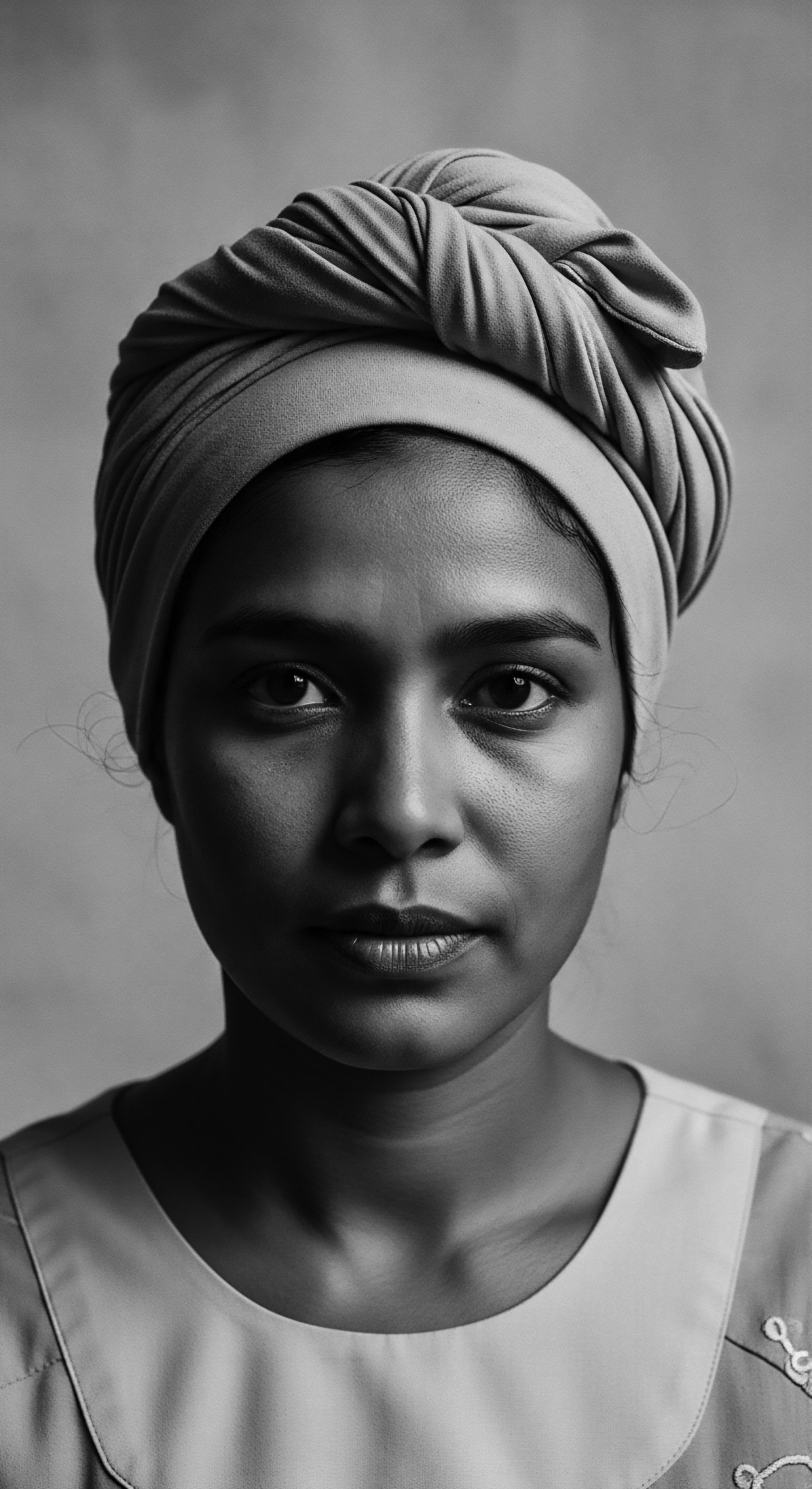
Ancestral Wisdom and the Modern Gaze ❉ A Case Study in Hair Oiling
One potent historical example that powerfully illuminates the Dosha Hair Types’s connection to textured hair heritage and ancestral practices is the enduring ritual of hair oiling. While deeply rooted in Ayurvedic traditions in India, this practice finds a parallel, yet distinct, lineage within various African and diasporic communities. For millennia, African societies utilized natural oils and butters, such as shea butter, palm oil, and castor oil, to nourish, protect, and style their diverse hair textures. These practices were not random applications; they were often specific to the hair’s observable qualities and the environmental conditions.
In many West African cultures, where hair often exhibits Vata-like tendencies of dryness and fragility due to climate and genetic predisposition, the consistent application of rich, emollient oils served as a vital protective barrier. This traditional knowledge, passed through generations, intuitively understood the need to seal in moisture and reduce breakage for highly textured hair. The meticulous process of oiling, often accompanied by scalp massage, also served as a communal ritual, strengthening bonds between women as knowledge and care were shared.
Consider the historical significance of Castor Oil within the African diaspora, particularly in the Caribbean and parts of the Americas. This oil, rich in ricinoleic acid, has been revered for its perceived ability to promote hair growth and strengthen strands, qualities particularly valued for maintaining the health and length of highly coiled hair. Its widespread use in traditional hair care routines, often involving warm oil treatments and scalp massages, speaks to an inherited understanding of its properties.
This ancestral practice, though not explicitly framed in Dosha terms, aligns with the Ayurvedic principle of using specific oils to balance elemental imbalances in the hair and scalp. For instance, the heavy, nourishing quality of castor oil would be particularly beneficial for Vata-dominant hair, counteracting its inherent dryness and fragility.
This intersection of ancient Indian Ayurvedic principles and African diasporic hair care traditions highlights a universal human wisdom regarding the holistic treatment of hair. It underscores that different cultures, through their unique historical and environmental contexts, arrived at similar conclusions about hair’s needs, recognizing its living nature and its deep connection to overall well-being. The persistent use of these oils and practices, despite centuries of cultural disruption, serves as a powerful testament to their efficacy and their enduring cultural relevance.
The academic definition of Dosha Hair Types, therefore, is not merely a theoretical construct; it is a living concept, continuously affirmed by the resilient and adaptive heritage of textured hair care. It provides a scientific and philosophical framework for appreciating the ingenuity of ancestral practices, offering a pathway to holistic hair health that honors both biological reality and cultural legacy.
| Traditional Practice/Ingredient (Heritage Context) Shea Butter Application |
| Cultural Origin/Significance West Africa, widely used across diaspora for moisture and protection. |
| Dosha Hair Type Parallel/Benefit Deeply nourishing for Vata Hair, counteracting dryness and brittleness. |
| Traditional Practice/Ingredient (Heritage Context) Castor Oil Treatments |
| Cultural Origin/Significance African, Caribbean, and ancient Egyptian traditions for strength and growth. |
| Dosha Hair Type Parallel/Benefit Supports strength and moisture retention for Vata Hair, promotes growth for all types. |
| Traditional Practice/Ingredient (Heritage Context) Herbal Rinses (e.g. hibiscus, aloe vera) |
| Cultural Origin/Significance Various African and diasporic communities for scalp health and shine. |
| Dosha Hair Type Parallel/Benefit Cooling and balancing for Pitta Hair, clarifying for Kapha Hair. |
| Traditional Practice/Ingredient (Heritage Context) Protective Braiding Styles (e.g. cornrows, twists) |
| Cultural Origin/Significance Ancient African societies, integral to identity and hair preservation during enslavement. |
| Dosha Hair Type Parallel/Benefit Minimizes manipulation and environmental exposure, beneficial for fragile Vata Hair. |
| Traditional Practice/Ingredient (Heritage Context) Communal Hair Grooming Sessions |
| Cultural Origin/Significance Widespread across African and diasporic cultures, fostering social bonds and knowledge transfer. |
| Dosha Hair Type Parallel/Benefit Supports holistic well-being, aligning with all Doshas through stress reduction and communal care. |
| Traditional Practice/Ingredient (Heritage Context) These traditional practices, born from centuries of observation and ingenuity, offer tangible wisdom for caring for textured hair, often aligning with Dosha principles. |
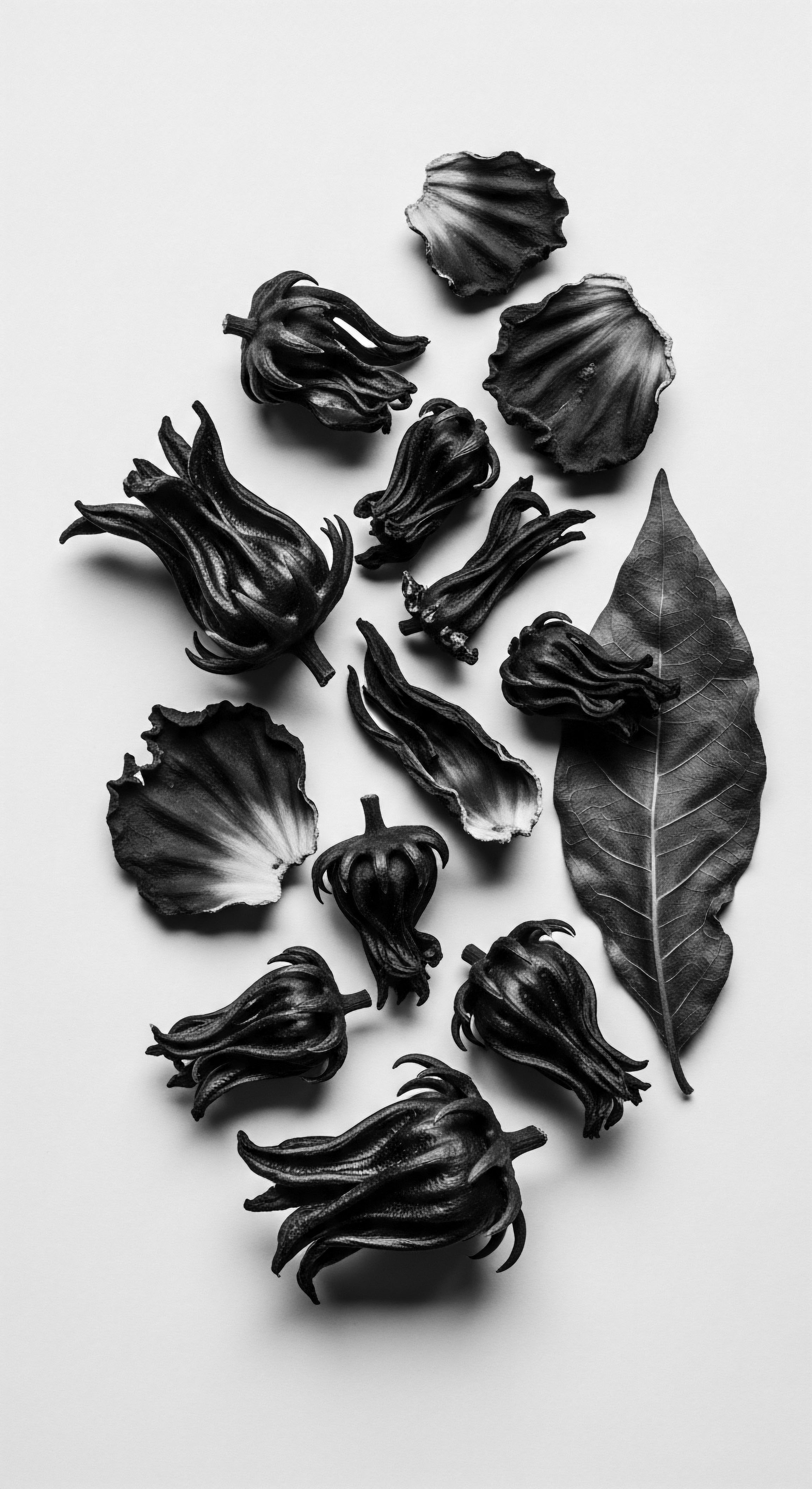
Reflection on the Heritage of Dosha Hair Types
The exploration of Dosha Hair Types, viewed through the sacred lens of textured hair heritage, reveals a profound continuity of wisdom that transcends geographical boundaries and historical ruptures. It is a testament to the enduring ‘Soul of a Strand’ – the intrinsic vitality and story held within each curl, coil, and wave. Our journey through the elemental biology and ancient practices, the living traditions of care and community, and the hair’s powerful role in voicing identity, brings us to a singular understanding ❉ hair is a living archive.
From the sun-drenched landscapes of ancient Africa to the vibrant communities of the diaspora, hair has always been more than mere keratin. It has served as a conduit for spiritual connection, a marker of social standing, and a canvas for artistic expression. The intuitive knowledge of how to nourish and protect diverse hair textures, passed down through generations, finds a resonant echo in the Ayurvedic Dosha system. This alignment is not coincidental; it speaks to a universal human capacity to observe, understand, and harmonize with the natural world, recognizing the intricate relationship between our inner constitution and our outer manifestations.
Hair, a living archive, tells stories of ancestral wisdom, resilience, and identity across generations and continents.
The resilience of textured hair, often subjected to centuries of imposed standards and societal pressures, mirrors the resilience of the communities it adorns. The reclamation of natural hair, a movement that continues to gain momentum, is a powerful act of remembering. It is a conscious decision to honor the legacy of those who came before, to reclaim a part of self that was once denigrated, and to affirm the inherent beauty and strength of one’s heritage. In this act, the wisdom of Dosha Hair Types becomes not just an intellectual concept but a practical guide for self-care rooted in ancestral reverence.
As we look towards the unbound helix of the future, Roothea stands as a living library, a repository of this deep knowledge. It invites us to approach hair care not as a chore, but as a ritual of profound significance, a daily practice that connects us to a rich and vibrant past while empowering us to shape a future where every strand is celebrated for its unique story and elemental truth. The wisdom of Dosha Hair Types, therefore, is not a static definition; it is an invitation to continuous discovery, a gentle whisper from our ancestors guiding us toward holistic well-being and a deeper appreciation for the magnificent diversity of human hair.
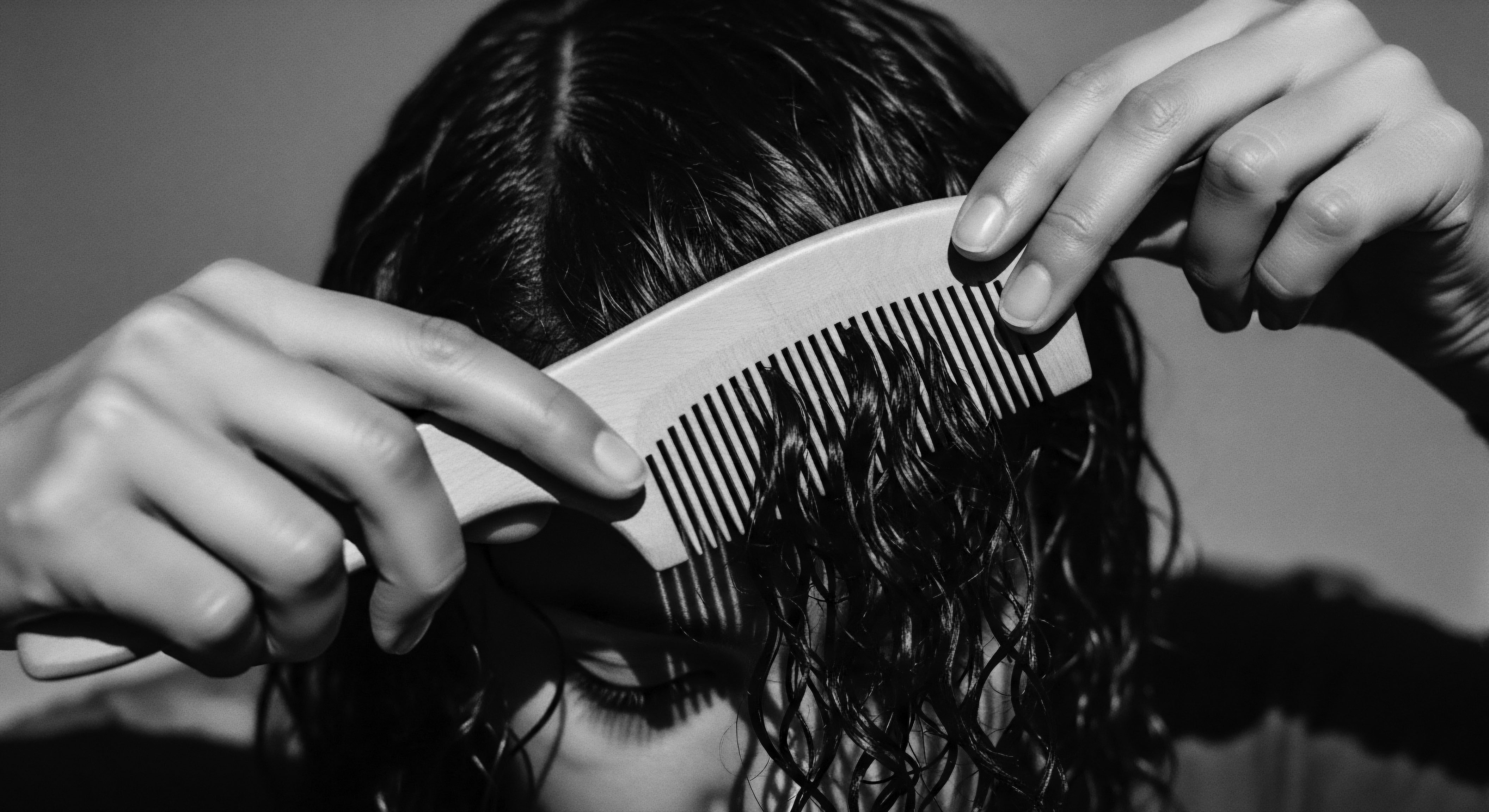
References
- Byrd, A. & Tharps, L. L. (2001). Hair Story ❉ Untangling the Roots of Black Hair in America. St. Martin’s Press.
- Johnson, T. B. & Bankhead, A. (2014). Black Hair ❉ A Cultural and Historical Overview. University Press of Mississippi.
- Johnson, K. R. et al. (2017). Explicit and Implicit Bias Toward Black Women’s Textured Hair. Journal of Social Psychology, 157(5), 586-602.
- Sherrow, V. (2006). Encyclopedia of Hair ❉ A Cultural History. Greenwood Press.
- Tharps, L. L. & Byrd, A. (2014). Hair Story ❉ Untangling the Roots of Black Hair in America (Revised Edition). St. Martin’s Griffin.
- Chakraborty, A. (2019). Ayurveda for Hair and Skin ❉ Ancient Secrets for Modern Beauty. Lotus Press.
- Lad, V. (2012). Textbook of Ayurveda ❉ A Complete Guide to Ayurvedic Principles and Practice. Ayurvedic Press.
- Srivastava, R. (2010). Herbal Hair Care ❉ A Comprehensive Guide to Natural Hair Health. Health Harmony Books.
- Small, S. (2016). Hair Story ❉ Beauty, Culture, and the Politics of Black Hair. University of California Press.
- Mercer, K. (1994). Welcome to the Jungle ❉ New Positions in Cultural Studies. Routledge.
- Walker, A. (1997). Andre Talks Hair. Simon & Schuster.
